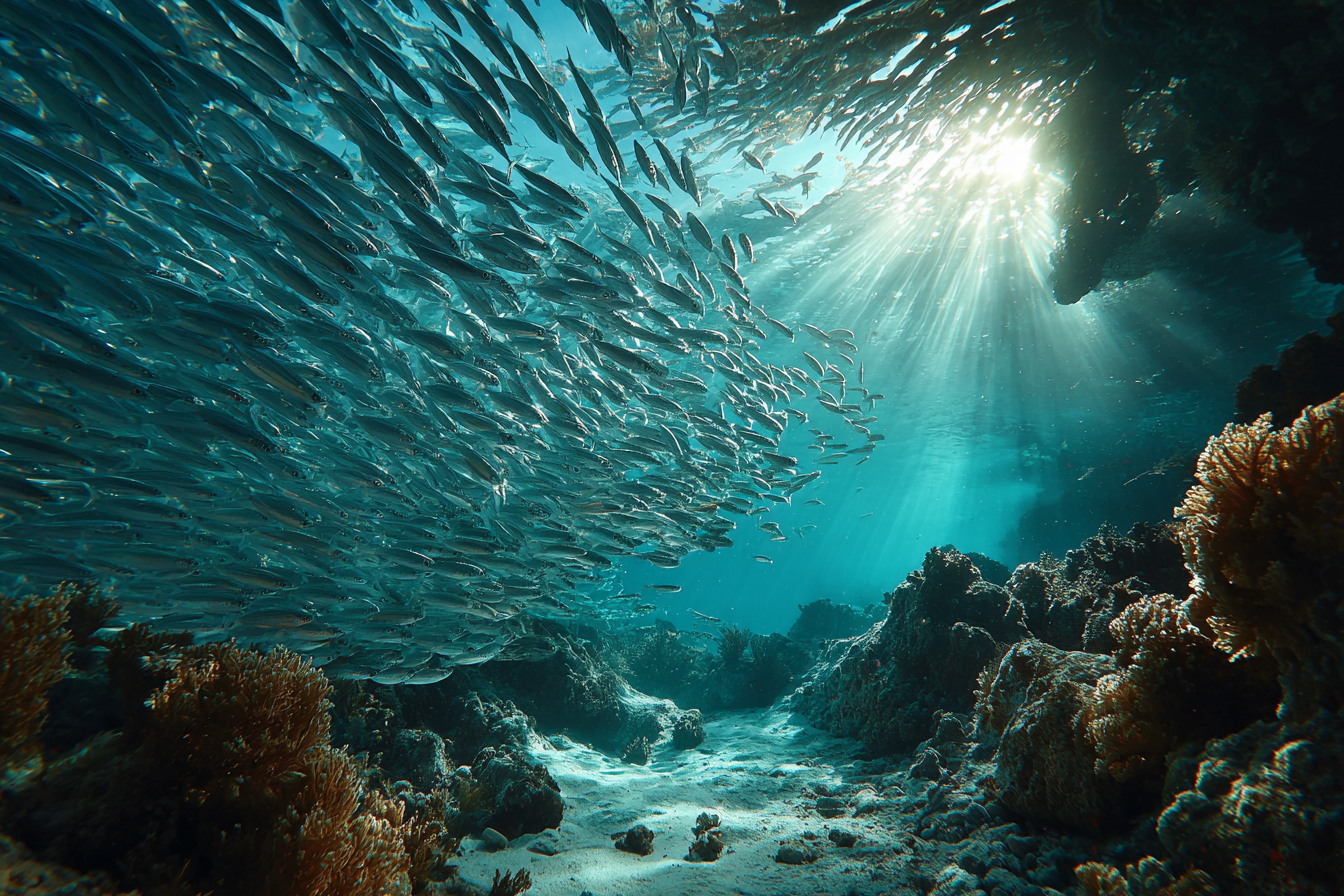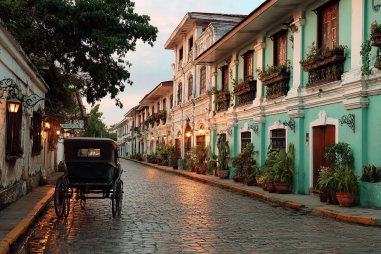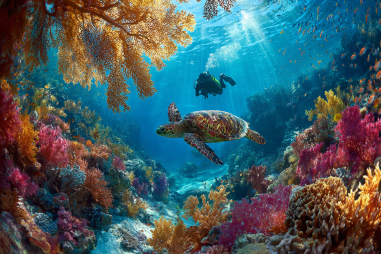Witnessing the astonishing spectacle of the Moalboal sardine run is an unforgettable experience for anyone drawn to the wonders of nature. Every year, millions of tiny sardines gather along the shores of Moalboal, creating mesmerizing underwater formations that captivate snorkelers, divers, and marine enthusiasts worldwide. This natural show, where the shimmering mass of fish moves as one, is not only a feast for the eyes but a remarkable glimpse into the intricacies of marine life and ecosystem dynamics. Whether you’re planning your first visit or hoping to deepen your understanding of this phenomenon, this guide will walk you through everything you need to know to make the most of the Moalboal sardine run experience.
Discovering the Sardine Run Phenomenon
The sardine run in Moalboal is one of the Philippines’ most spectacular natural events. What makes it so captivating is how millions of tiny sardines, measuring just a few inches each, cluster together in massive, dense schools that ripple and swell like underwater clouds. These schools can stretch for hundreds of meters and form intricate patterns that shift constantly as the fish move in unison. This mesmerizing behavior offers a living example of collective animal movement, impressive both in scale and harmony.
Besides their sheer numbers, the sardine run also serves as a vital piece of the marine ecosystem, attracting numerous predators such as larger fish, dolphins, and seabirds, all converging on the sardines for a feeding frenzy. This interaction creates dynamic and thrilling scenes under the water surface, making it a true spectacle for visitors.
Timing and Location: When and Where to See the Sardine Run
The best place to experience the sardine run is off the coast of Moalboal, a small town on Cebu Island in the Philippines. The town’s Panagsama Beach and the nearby area around Pescador Island are particularly famous spots frequently visited by the massive sardine schools.
The sardine run happens year-round, but conditions are often optimal from November to May, when the waters are clearer and calmer. Early mornings tend to provide the best visibility and the most active sardine formations, though the spectacle can often continue throughout the day. It’s important to plan your visit during these months and to keep an eye on weather and water conditions — local dive shops and tour operators are great resources for up-to-date information.
How to Experience the Sardine Run
Snorkeling
Snorkeling is one of the most accessible ways to get up close without requiring advanced skills or certification. You can easily rent snorkeling gear from local shops, or book guided tours to Panagsama Beach where the sardines gather near the shore. Floating calmly on the surface, snorkelers can witness the swirling sardine clouds just a few meters below, often engaging with curious sea turtles and other marine life sharing the habitat.
Diving
For divers, the chance to swim through and around the dense schools of sardines enhances the experience dramatically. Scuba diving in Moalboal allows for closer, longer, and more immersive encounters at various depths. Many dive centers offer specialty sardine run dives, guided by experienced instructors who know the exact spots and behaviors to expect. Certified divers especially enjoy exploring the formations near Pescador Island and the neighboring reefs.
From Boats
Watching the sardine run from a boat can offer a unique perspective, especially for those who prefer not to enter the water. Early morning boat tours often position visitors over the massive sardine schools, where the water’s silvery movement is visible from above. Some boats also provide glass-bottom views, and experienced guides can point out interesting behaviors or other wildlife interactions seen during the trip.
Wildlife Interactions During the Sardine Run
The sardine run isn’t just a gathering of fish; it’s a magnet for a wide range of marine predators. Diving or snorkeling alongside the sardines, you’re likely to see hunting activity by predators such as trevally, mackerel, and even reef sharks, all taking advantage of the dense feeding opportunity.
Additionally, marine mammals like dolphins sometimes join the feast, herding the sardines into tighter schools for easier hunting. Seabirds dive from above, adding to the excitement and dramatic energy of the event. These interactions highlight the complex food web and the importance of sardines as a key species in the marine ecosystem.
Essential Safety Considerations
While the sardine run is thrilling, it’s crucial to respect the environment and prioritize safety during your visit. Here are some important tips to ensure a safe and responsible experience:
- Use reef-safe sunscreens to protect delicate marine ecosystems from harmful chemicals.
- Keep a respectful distance from the sardine schools to avoid disturbing their natural behavior.
- Always dive or snorkel with a buddy and preferably under the guidance of a local professional familiar with the area.
- Be mindful of currents and water conditions, which can change rapidly.
- Follow local regulations and guidelines aimed at protecting both visitors and wildlife.
Conservation and Environmental Impact
The sardine run depends heavily on healthy marine ecosystems. Unfortunately, factors such as overfishing, pollution, and climate change threaten the sustainability of this natural phenomenon. Conservation efforts in Moalboal include marine protected areas, sustainable fishing practices, and community awareness programs to safeguard the sardines and their habitats.
By visiting responsibly and supporting local conservation initiatives, tourists can contribute to the preservation of this incredible spectacle for future generations. Many dive shops also participate in coral reef restoration and clean-up projects, encouraging visitors to get involved in protecting the environment while enjoying the experience.
Stories and Tips from Visitors
Many travelers who have witnessed the Moalboal sardine run recall it as a highlight of their trip to the Philippines. One memorable account shared from a snorkeler described floating gently over the shimmering cloud of sardines, feeling the rush of moving fish brush past, while a nearby turtle glided serenely through the scene. Another diver recounted the thrill of swimming alongside a group of hunting jackfish darting swiftly through the schools, a moment of intense natural drama.
To make the most of your visit, consider these practical tips:
- Arrive early to catch the best visibility and less crowded conditions.
- Book local guides who know the sardine patterns and can enhance your understanding.
- Bring underwater cameras to capture the spectacle, but remember to prioritize the experience over photography.
- Be patient and calm; the sardines can take time to appear and form large schools, so enjoy being immersed in the underwater environment.
- Combine your visit with nearby attractions like Kawasan Falls or the vibrant town life of Moalboal for a well-rounded adventure.
Why You Shouldn’t Miss the Sardine Run
The Moalboal sardine run offers a rare chance to connect with a natural wonder that few places on earth can rival. It’s more than just a tourist attraction—it’s a living classroom, a dance of life beneath the waves that showcases the beauty and power of marine ecosystems. For snorkelers and divers, it provides both excitement and tranquility, all wrapped in the shimmering silver sheen of millions of fish.
Whether you crave adventure, a peaceful encounter with nature, or a photo-worthy spectacle, the sardine run in Moalboal delivers all this and more. It remains one of the greatest natural shows accessible to humans, enchanting every visitor lucky enough to witness its magic.







